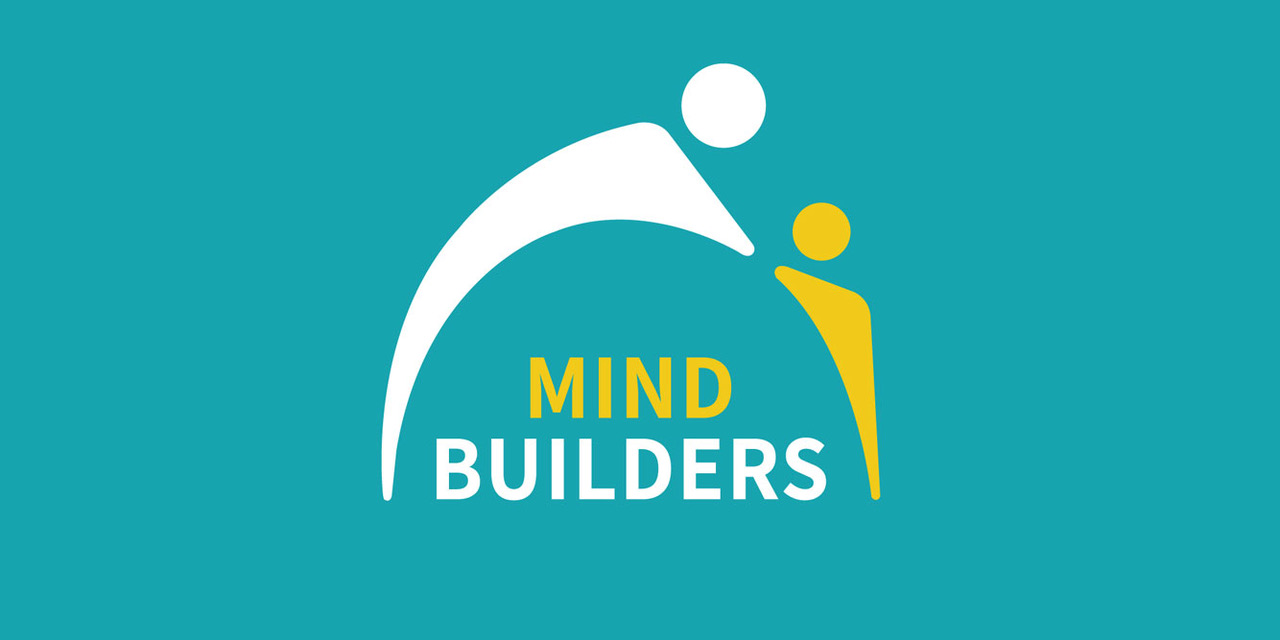Joint attention
Joint attention is the process of sharing the experience of observing an object or event by following the gaze or pointing gestures of another. It is the mental development from a two-track to a three-track, from two-track to three-track thinking. In the first 8 months, a baby interacts with an "other," meaning he or she can interact with either another person OR a toy, but not both. This is called "divided attention."
Around the 9th month, something very exciting and fundamental happens: The baby develops the ability to connect his interactions with another person ABOUT an object, that is, to play with another person together with a toy. The baby is now able to imagine that the mother also has ideas in her head, just as she does, and she is aware that they are different, so she has to show her what ideas she has about a toy, because otherwise she does not know. This is called "joint attention" and is absolutely critical for social development, language acquisition, cognitive development, mental health, and more.
Pointing is the first sentence of a child".
To show something to someone, it is not enough to stick out your finger. This kind of pointing is much more complex and requires the same structures as a grammatically correct sentence. Extending a finger only becomes "pointing" when two people want to show something important to each other, which is called "joint attention." Pointing with joint attention is an intentional act to share meaning, and is so complex that animals cannot do it: Only humans can direct another person's attention to what they see in order to share the meaning it has for them. Human children begin pointing at about 12 months of age. However, many children with autism have trouble with pointing because it requires a shared understanding of the world and what things mean to other people, as well as a communicative intention to want to share ideas with others.

